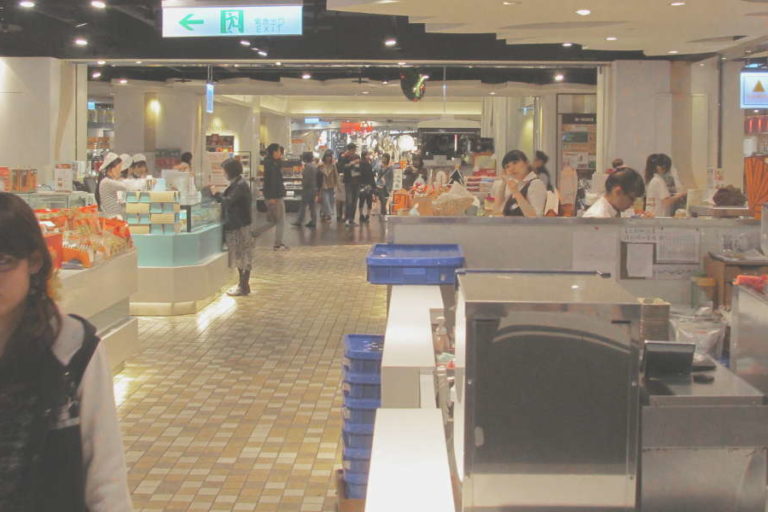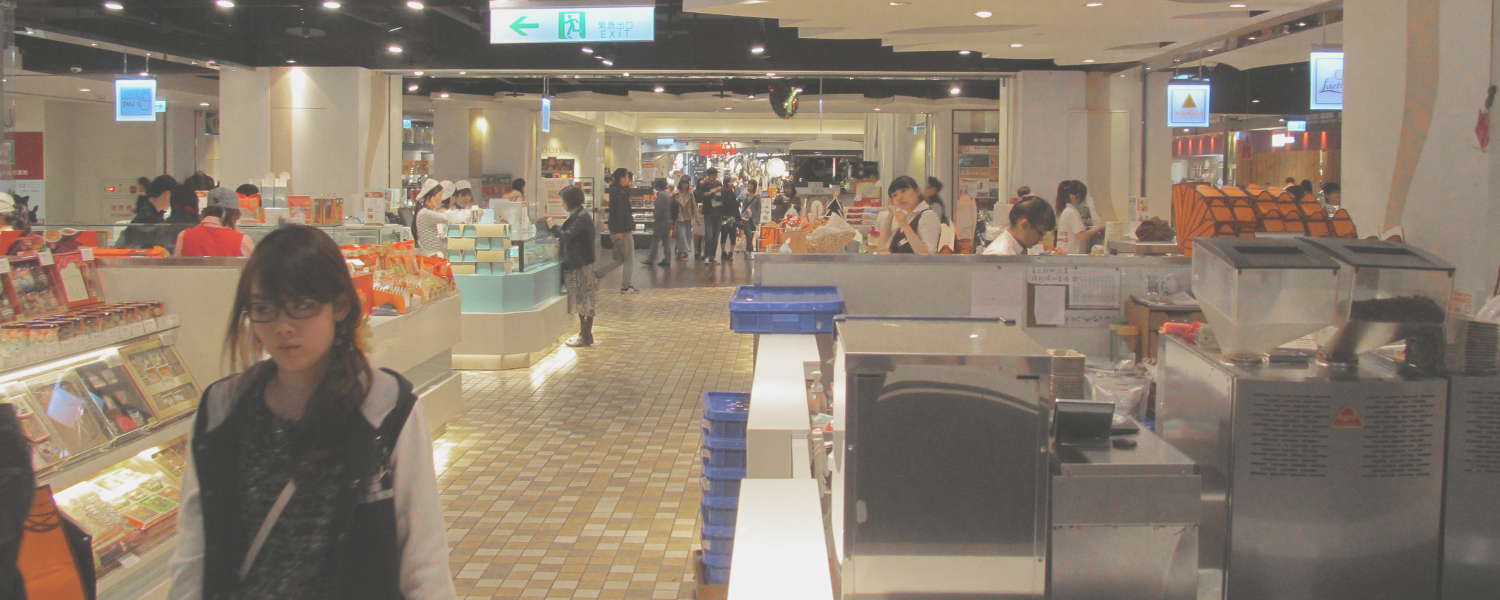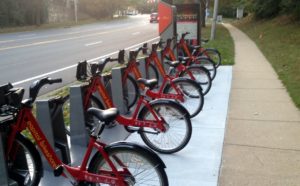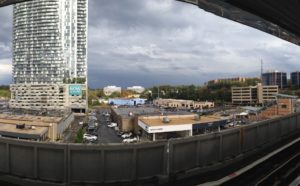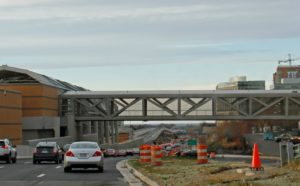There has been a lot of discussion, and some joking, about WMATA’s recent announcement regarding the commercial naming rights of metro station. Yes, you could be riding the the Silver Line with stops at Pfizer sponsored Foggy Bottom, or Exxon presents Minnesota Avenue, someday soon.
Ongoing funding problems at WMATA, where a lack of dedicated revenue sources, coupled by plummeting ridership due to poor operating frequency — note that I didn’t say Safetrack, because the real reason is WMATA doesn’t want to run as many trains as frequently anymore — has created a budget crisis. Expanded advertising on metro, as well as stadium-esque naming rights, is part of WMATA’s solutions for the future.
It is laughably too little.
The total revenue expected from advertising is 24 million dollars out of an operating budget of 1.78 billion dollars, roughly 1% of its total budget. While I appreciate creative ideas about how to fixed the budget gap, WMATA continues to ignore the most obvious, and globally recognized, means of budget stability.
Often people like to point out the fiscal solidity of South Asian and Japanese transit systems. These are often far less subsidized than European systems, more widely used than US transit, and kept spotless and beautifully maintained by an army of well trained employees. How do they do it? There is the obvious correlative of land use, high density Asian cities mean more of a population above each station, meaning a broader recurring user base. However, one of the biggest keys to their success is that some Asian train systems are also land developers.
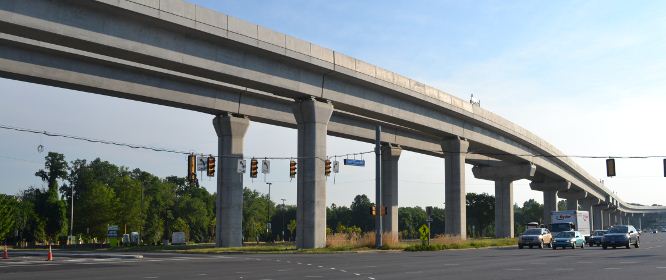
Japan Rail is able to make some of the most ambitious and frequently run systems in the world financially work, by also building millions of square feet of development at the stations. This has a dual benefit of diversifying the revenue source as-well-as creating more riders in the future. To WMATA’s credit, they have begun redevelopment partnerships for some of their property holdings to create one-time only capital, but this is a different model that only solves short-term funding. By being part of the management structure of the property, many Asian rail companies generate ongoing lease and rental revenue.
So you say WMATA will not be a part of anything like this. Ok, understood; but there is still a lot WMATA could be doing to generate non-rider revenue. In Taipei, unlike the Japanese model, the skyscrapers surrounding stations are not owned by the transit operator. However, inside many of the stations there are several dozen concession stands, stores, and other retail spaces. These arcades in otherwise desolate corridors generate significant income at each station, while at the same time also giving a benefit to riders.
While WMATA really doesn’t trust people with food on trains (their excuse against concessions) the truth is, people who are going to spill food on the train will do so whether or not you have a sign saying food is prohibited. The decades worth of grime stains on the carpet of the 3000 series is evidence enough of that. With the change to uncarpeted trains, and the reality that spills happen no matter what, concessions is an obvious choice.
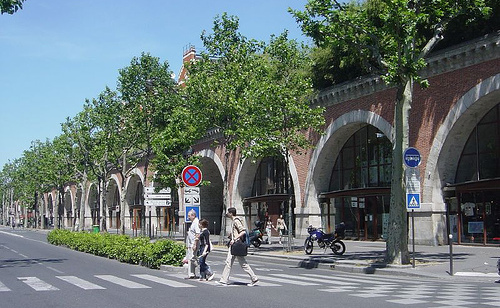
Consider how much unused built space is in Gallery Place metro station. Or how about how much space is unused underneath the overhead tracks in Tysons, a concept I talked about five years ago. Allowing for even temporary pop- ups in these spaces could generate millions of dollars. Considering there are 91 metro stations in the system, this could quickly add up to real revenue.

